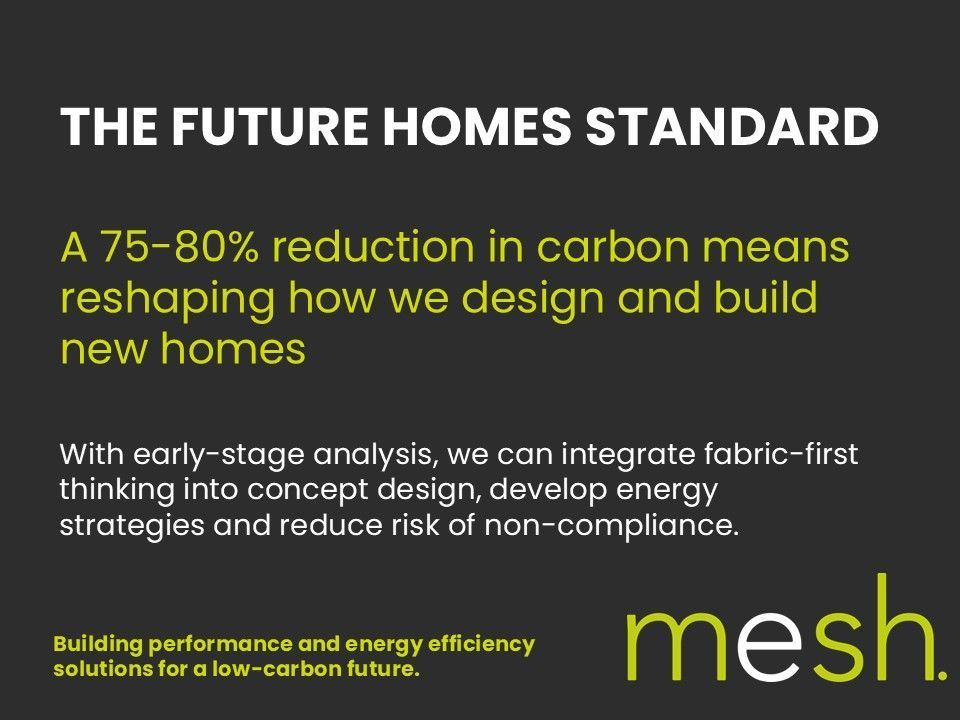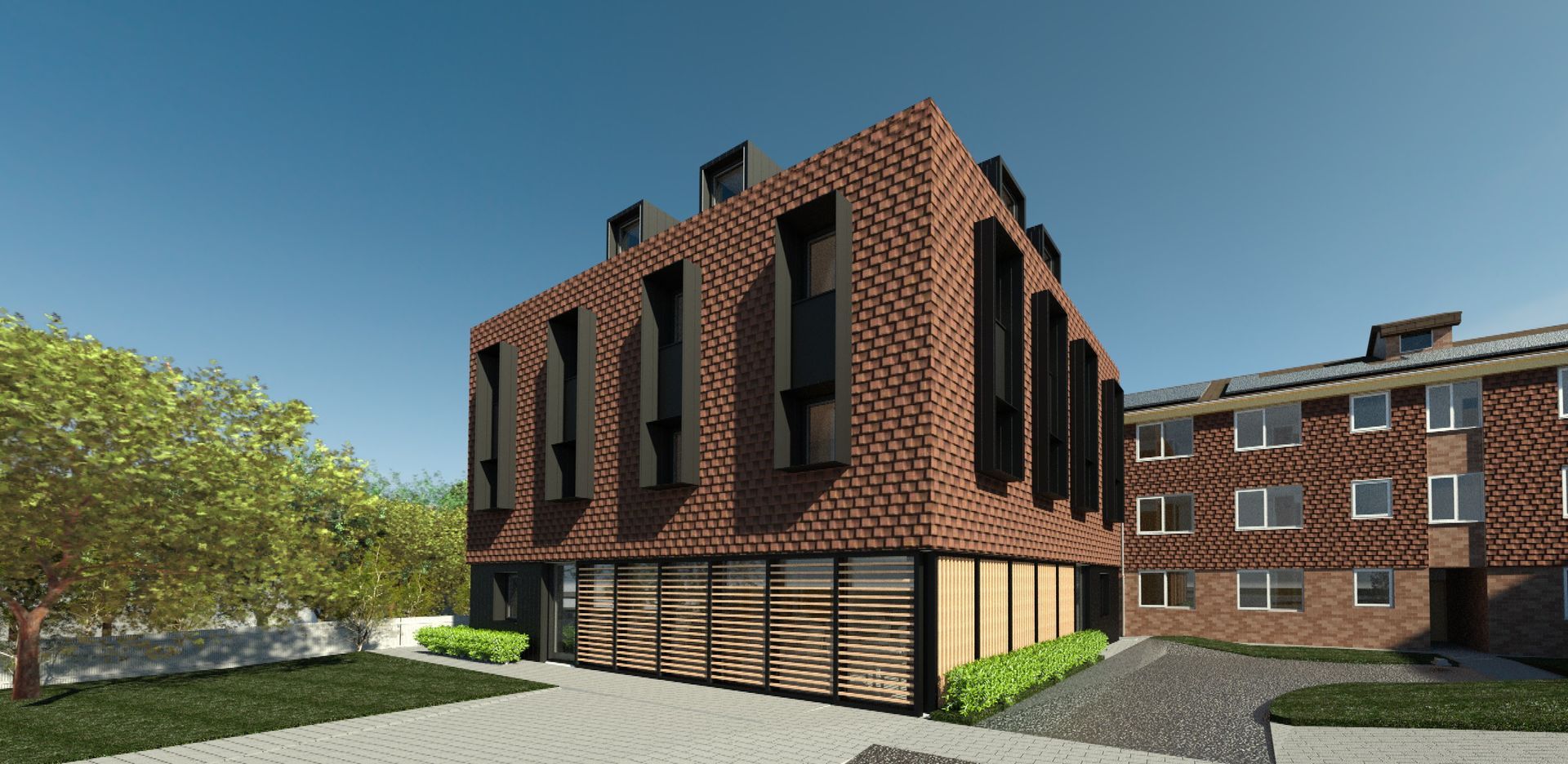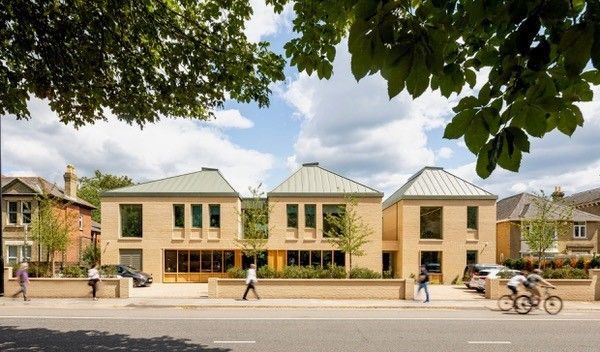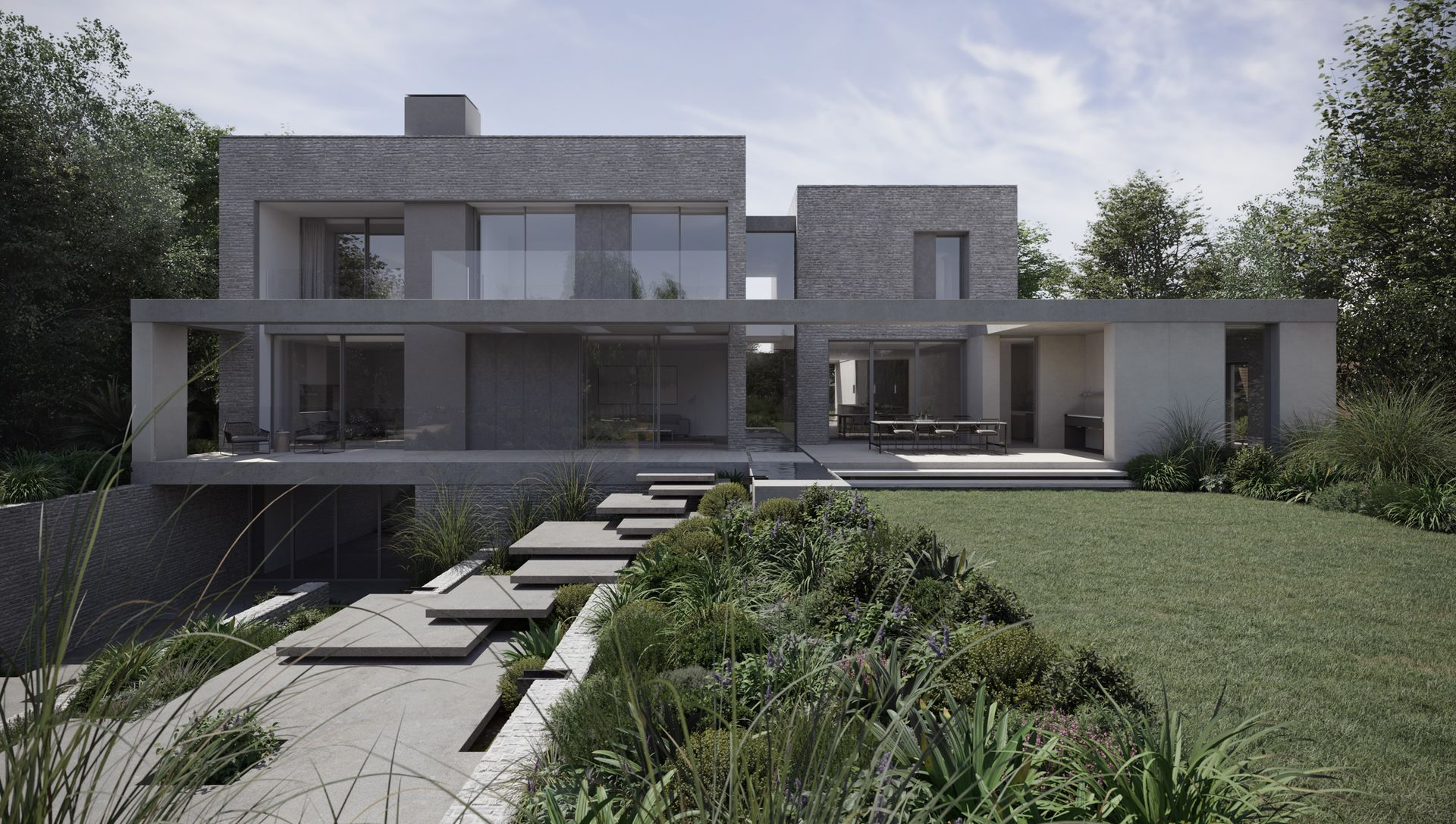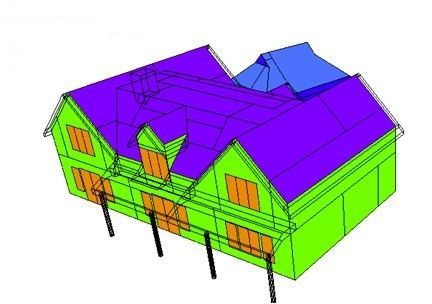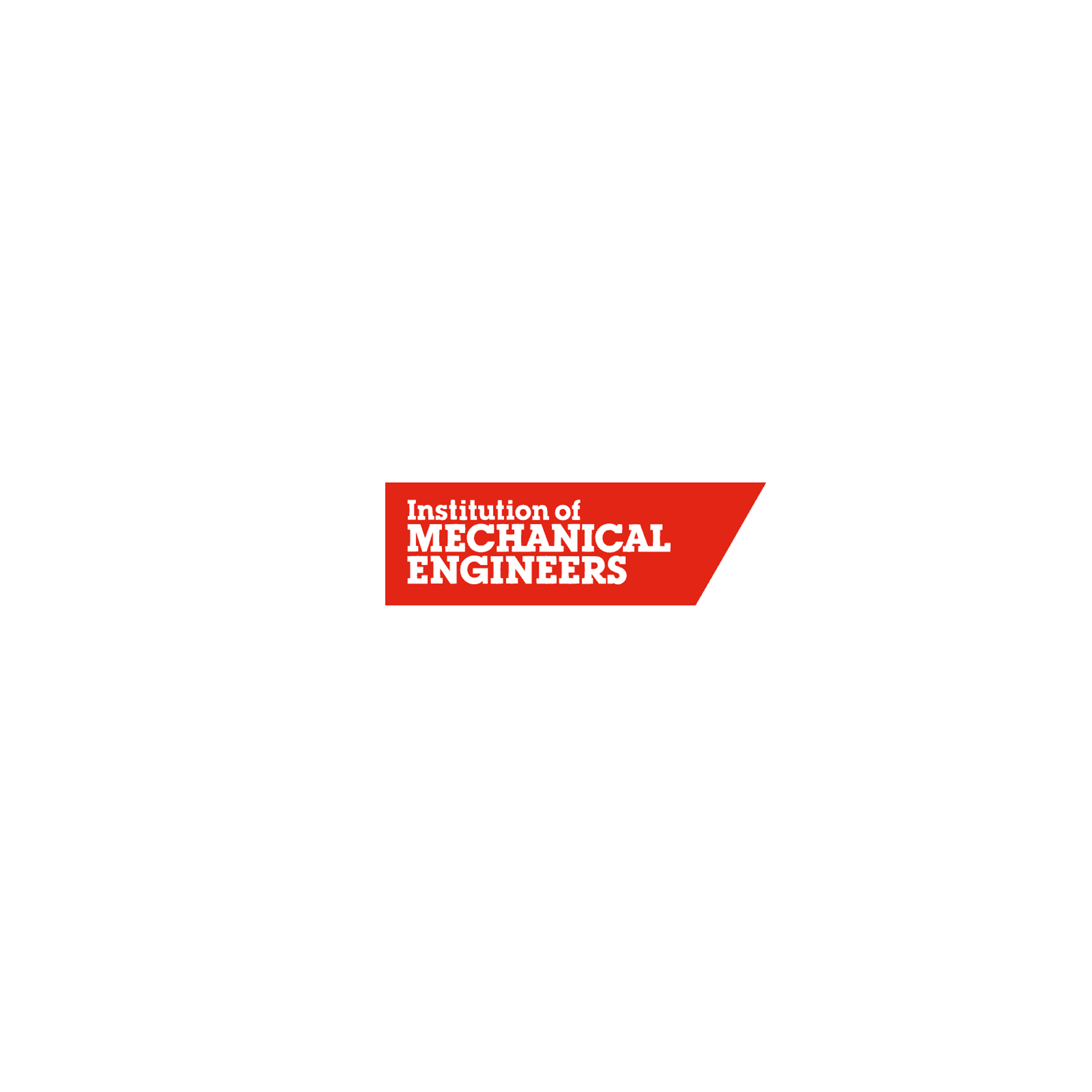Future Homes Standard: Designing for a Zero-Carbon Future
Designing for the Future Homes Standard
The Future Homes Standard (FHS) represents one of the most significant shifts in residential design, engineering and construction for a generation. It is not simply a compliance update – it is a complete redefinition of how homes will be designed, built and operated.
The proposed changes to Building Regulations mean all new homes in England will need to achieve a 75 to 80% reduction in operational carbon emissions compared to those built to the 2013 regulations. This aligns with the UK’s wider decarbonisation strategy and sets a new benchmark for energy efficiency, comfort and occupant wellbeing.
What’s Changing and Why It Matters?
For years, the industry’s innovators have led the way with Passivhaus principles, fabric-first approaches and the specification of renewable technologies.
What makes the Future Homes Standard transformative is that these best practices will now become the minimum expectation. Every project team - from architects and housebuilders to residential developers and planning authorities – will need to adapt.
Key implications include:
- Fabric-first design from concept stage:
Improved U-values, minimised thermal bridging and enhanced airtightness will be fundamental. Co-ordination between the architectural and building services design teams must happen at an early stage to avoid incurring costs on late-stage adjustments.
- Low-carbon heating and smart control systems:
Heat pumps are set to become the default heating solution for new homes. The successful integration of this technology demands early consideration of space for plant, acoustic management and electrical loading.
- Smarter integration of renewable technology:
Photovoltaic panels and battery storage systems will be designed according to predicted energy demand, not just available roof area. Roof massing, shading and orientation decisions will play a bigger role from RIBA Stage 2 onwards.
- Overheating analysis and compliance with Part O:
Homes must now demonstrate thermal comfort through either simplified assessments or dynamic TM59 modelling. This will encourage better glazing ratios, natural ventilation design, and passive cooling strategies. These are all essential for occupant health and comfort in a warming climate.
- Whole-life carbon assessments:
Increasingly required at tender stage, these assessments quantify embodied carbon and inform the specification of products and materials. This is a significant shift away from simply meeting energy targets – to understanding the full environmental impact of every design decision.
This is clearly a design opportunity – ensuring the building fabric and energy strategy are designed in at the outset and with carbon as a design metric. This will help to futureproof homes for generations.
The Role of Modelling and Intelligent Design
Overheating and ventilation performance are now critical factors in compliance. As Mesh’s technical engineers highlight in our CPD sessions, overheating is rarely caused by one factor alone. Instead, it results from a complex interaction between glazing, building orientation, location, ventilation, occupancy, and thermal mass.
Dynamic thermal modelling (using CIBSE TM59 and TM52) allows these factors to be understood and the risk of overheating mitigated – before construction begins.
Passive measures such as cross-ventilation, building overhangs, brise-soleil sunshading, and night-time purge strategies can then be optimised, balancing comfort, daylight and energy performance through intelligent design.
Helping Housing Clients Prepare
Mesh is already contributing to the Government’s consultation on the Future Homes Standard and supporting clients as they prepare for implementation.
Our building performance engineers work closely with architects, housebuilders and residential developers to help them navigate the evolving landscape with practical, data-driven support, including:
- Early-stage energy and carbon strategies
- Dynamic modelling for thermal comfort and compliance
- Renewable and low-carbon system design
- Whole-life carbon assessments
Our aim is simple – to help achieve compliance, with the minimum risk and to create better-performing, healthier homes for the future.
SHARE THIS POST WITH YOUR NETWORK






